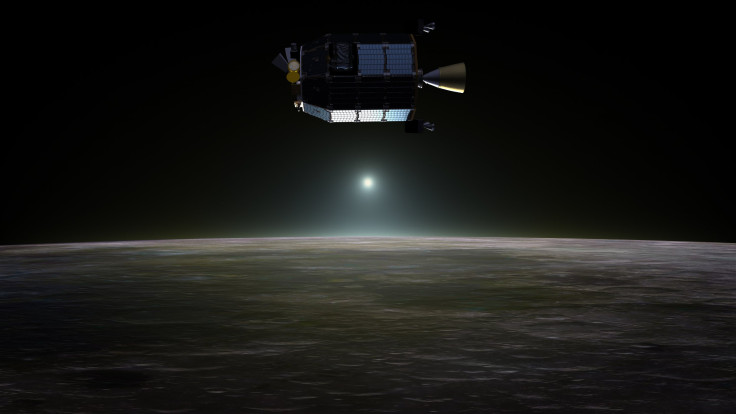New Car-Sized Probe Set To Launch From Virginia's Coast To Uncover Lunar Mysteries

NASA is preparing to launch a new spacecraft to the moon, the first launch beyond Earth's orbit to take place from its facility at Wallops Island -- less than 200 miles from Washington, D.C. -- on Virginia’s Atlantic coast, at 11:27 p.m. EDT on Sept. 6.
Named as Lunar Atmosphere and Dust Environment Explorer, or LADEE, the small car-sized spacecraft is expected to gather detailed information about the structure and composition of the moon’s thin atmosphere, and determine if dust is being lofted into the lunar sky.
“The moon’s tenuous atmosphere may be more common in the solar system than we thought,” John Grunsfeld, NASA’s associate administrator for science in Washington, said in a statement. “Further understanding of the moon's atmosphere may also help us better understand our diverse solar system and its evolution.”
LADEE will be the first flight of the Minotaur V rocket, which is an excess ballistic missile converted into a space launch vehicle. According to NASA, LADEE is built using a spacecraft structure made of a lightweight carbon composite with a mass of 547.2 pounds, or 844.4 pounds when fully fueled.
The $280 million spacecraft will begin its 40-day commissioning phase approximately one month after its launch. The first 30 days will be used in performing activities such as testing a high-data-rate laser communication system, which could help improve the speed of satellite communications.
After the commissioning phase, LADEE will begin a 100-day science phase, which will include collecting data to determine the composition of the thin lunar atmosphere and remotely sense lofted dust. The probe will also measure variations in the chemical composition of the moon’s atmosphere, and collect and analyze samples of any lunar dust particles in the atmosphere.
According to scientists, all the information collected by LADEE will help find an answer to a long-standing question: "Was lunar dust, electrically charged by sunlight, responsible for the pre-sunrise glow above the lunar horizon detected during several Apollo missions?"
“A thorough understanding of these characteristics of our nearest celestial neighbor will help researchers understand other bodies in the solar system, such as large asteroids, Mercury, and the moons of outer planets,” NASA said in a statement.
© Copyright IBTimes 2024. All rights reserved.






















